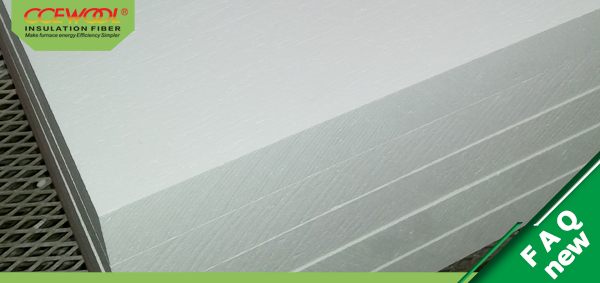In continuous high-temperature heat treatment systems such as ring-type quenching furnaces, the thermal stability and insulation efficiency of the lining structure directly impact equipment lifespan and operating costs.
Under extreme conditions of 1000–1100°C, weak reducing atmospheres, and slight positive pressure, traditional refractory bricks and castables often fall short due to their bulky structure, high thermal conductivity, and slow thermal response, limiting system performance.
CCEWOOL® ceramic fibre board stands out in critical areas like furnace walls and partitions, thanks to its low thermal conductivity, low heat storage, and excellent thermal stability.
In furnace wall structures, its uniform fiber structure and superior thermal shock resistance help withstand frequent temperature fluctuations, maintain dimensional integrity over time, reduce lining spallation, and extend service life.
Compared to traditional brick linings, CCEWOOL® ceramic board has lower density and faster thermal response, enabling quicker heat-up, reduced energy consumption during startup, and improved overall thermal efficiency.
Its dimensional stability also ensures tight joint assembly between boards, enhancing the integrity and continuity of the insulation lining.
In partition zones between different temperature areas, CCEWOOL® ceramic fibre board can be flexibly combined with modules and castable systems to form a stable thermal gradient barrier that delivers both insulation and erosion resistance.
As one of the professional ceramic fiber board manufacturers, CCEWOOL® offers customized dimensions and performance configurations, along with comprehensive installation support—helping clients achieve lighter structural designs, improved energy efficiency, and enhanced operational safety.
Post time: Aug-04-2025


